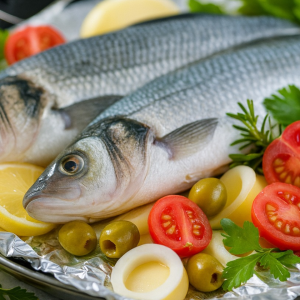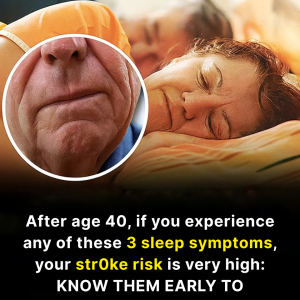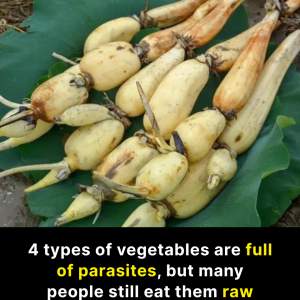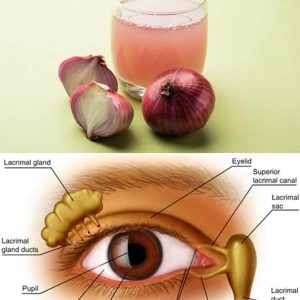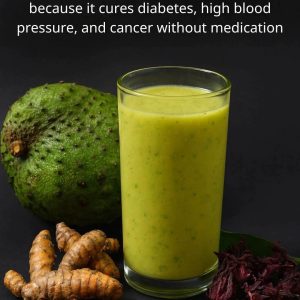It often starts subtly — a tender calf, a bit of swelling, or a warmth that comes and goes. Harmless, right? Maybe not.
These quiet signs can be the body’s early alarm for deep vein thrombosis (DVT) — a blood clot forming in the deep veins, usually in the leg. The real danger? When the clot breaks loose and travels to the lungs, it can trigger a pulmonary embolism, a medical emergency that can be fatal.
But here’s the good news: recognizing these signs early can help you act before it’s too late. Let’s dive into the lesser-known symptoms and how to protect yourself.
1. One Leg Swelling for No Clear Reason

If one calf or leg swells noticeably, especially without any injury or overuse, it’s a red flag. Elevating the leg or applying a cold compress might not help — and that’s exactly when it’s time to take it seriously.
2. Redness That Lingers
A patch of red skin that feels warm and painful can be more than irritation. If it sticks around, especially after surgery or bruising, it may point to inflammation from a clot.
3. A Warm Spot That Doesn’t Cool Down
That odd sensation of warmth in one area of your leg — even when you’re sitting still — might be your blood misbehaving. When blood flow is restricted, it can create heat at the site of a clot.
4. Tenderness or Localized Pain

Sometimes it feels like a sore muscle or a lingering cramp. If touching a certain area of your leg causes unexpected discomfort or makes walking painful, don’t ignore it.
5. Fast Heartbeat While Resting

Your heart may beat faster than usual even when you’re doing nothing. This could be your body’s attempt to compensate for restricted blood flow caused by a clot.
6. Fever or Chills With No Obvious Cause
A low-grade fever or chills may be your immune system reacting to a clot. It’s not always present, but when it is, it shouldn’t be brushed off.
7. Bulging or More Visible Veins
If your veins start to look more prominent or swollen — especially if you already deal with varicose veins — this could mean your blood is struggling to flow freely.
8. Crushing Fatigue
Feeling unusually drained, even after plenty of rest? Your body might be working overtime behind the scenes, dealing with a clot you can’t see.
9. Dizziness or Fainting Spells

Sudden light-headedness or even fainting could signal that a clot has moved to your lungs. This is not a symptom to wait on — seek help immediately.
10. No Warning At All
Perhaps the most dangerous scenario: no symptoms whatsoever. Nearly half of DVT cases show no signs until complications arise. That’s why prevention and awareness are so crucial.
Why It Happens: The Hidden Threat of Thickened Blood
Sometimes, our blood becomes too thick — a condition called hyperviscosity. This slows circulation, raises clot risk, and makes the heart work harder. While we often hear about cholesterol, this silent factor is just as important for heart and vein health — yet it rarely gets discussed.
How to Protect Yourself: Small Habits, Big Impact

You can lower your risk with simple lifestyle tweaks. Here’s what helps:
- Stay active daily – even a short walk matters.
- Stretch regularly, especially during long car rides or flights.
- Avoid tight-fitting clothes that restrict blood flow.
- Raise your legs whenever you get a chance.
- Cut back on salty and processed foods.
- Wear compression stockings if recommended by your doctor.
- Eat more omega-3-rich foods like salmon, flaxseeds, and walnuts.
- Review birth control choices with a doctor if you have risk factors.

